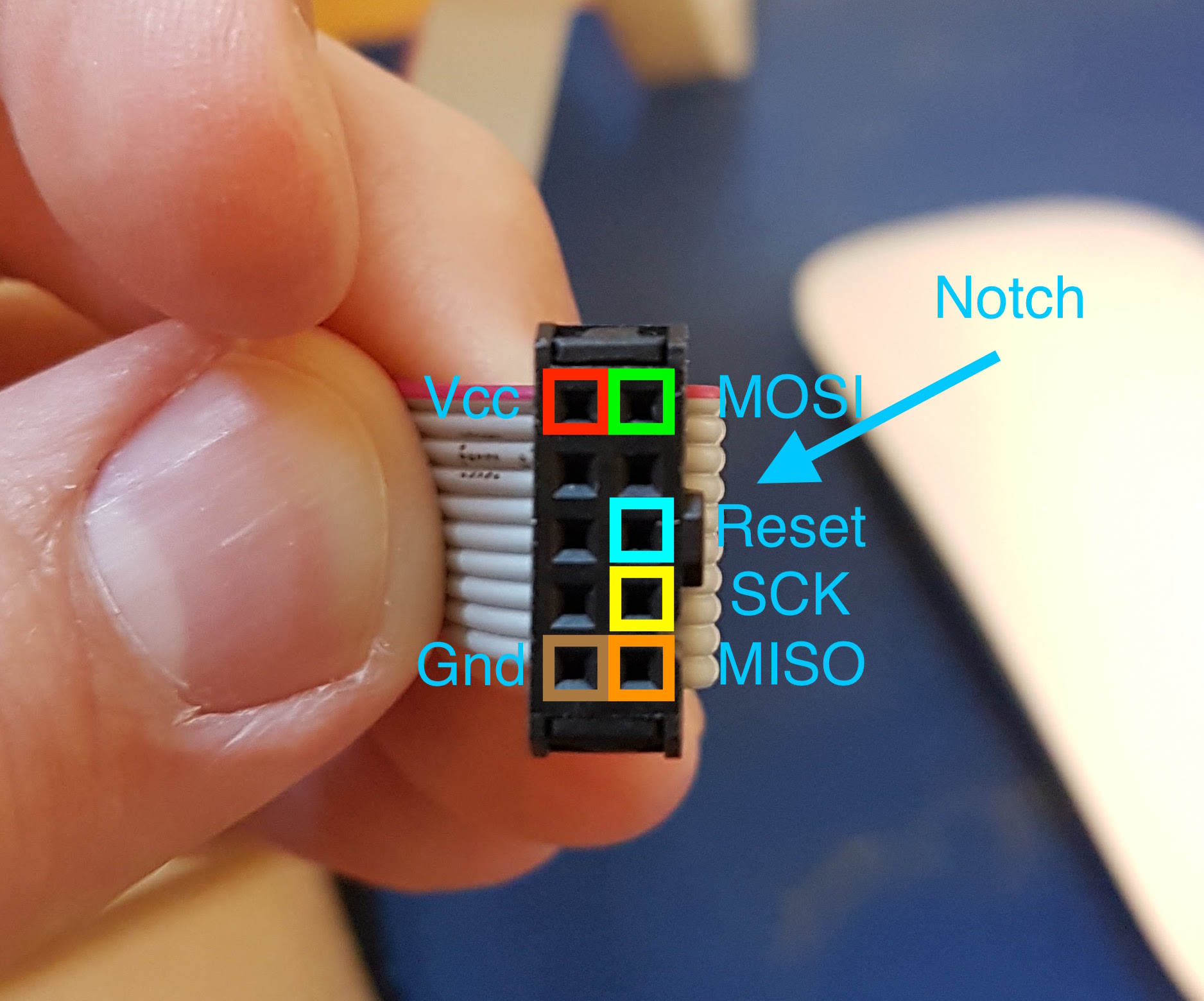USBasp is a USB in-circuit programmer for Atmel AVR controllers. It simply consists of an ATMega8 and a few passive components. The programmer uses a firmware-only USB driver, no special USB controller is needed. Some of the key features include: a. Works under multiple platforms. Linux, Mac OS X and Windows are tested, b. The driver will work on both 32 and 64 bit platforms. On Linux And Mac OS X no kernel driver is required, just use AVRdude and specify the correct port. The programmer will work with a wide variety of Atmel AVR microcontrollers including the Atmega8a and Atmega168a.
Support for Windows, Mac OS X and Linux (will work on Windows 8.1) 5 KB/sec maximum write speed; Software controlled SCK option to support targets with low clock speed (Drivers are fully signed, so you can use them on Windows Vista and above without any.
The following instructions are from early 2007and are pretty outdated by now. They are still here for reference, butthey are not maintained anymore and very likely won't work with recentversions of MacOS anymore.
After having developed software for the AVR under Windows andLinux the only major plattform missing was MacOS X. Since werecently got a Mini Mac in our home office i decided to builda working development chain for MacOS X as well.
This page will tell you all the Mac specific stuff.It will not cover the basics of AVR programming. Pleaselook e.g. here,here or just ask google.
A simple AVR development chain usually consists of the following parts:
- A compiler toolchain,
- a hardware programming interface with
- matching programming software and
- a serial interface for debugging with
- a terminal program.
The compiler toolchain
If you want a powerful, free and portable compiler for the AVRyou'll end up with gcc. Fortunately, gcc is supporting the AVR cpu forquite some time now and e.g. the WinAVR toolchain for AVRdevelopment under windows is based on this compiler. Many people havealready ported these compilers to MacOS X incl. the finkproject and others.Unfortunately i had either trouble getting some parts to installproperly (fink didn't offer to install all the required libs) or thecompilers were just outdated versions and a long time ago updated tothe latest gcc version. I therefore tried my install_avr_gcc.sh script that i amusing to achieve the same under linux. This script has the advantageof being easily updated to use the latest compiler. Furthermore itinstalls the entire toolchain into /usr/local/avr which keepsthe setup seperated and you can easily remove everything for yoursystem without a trace just by deleting the entire tree under/usr/local/avr.
In order to have the script run successfully you'll needto have some applications installed on your system. Firstof all this is the XCode developmentsuite. This is necessary since the installation scriptneeds the gcc that comes with XCode to build the mac portof the avr-gcc. Furthermore the wget, bisonand flex tools are required to build the toolchain.You can get these three from the fink project as well.
Once you have all this set up, just run install_avr_gcc.sh from the command line. The script willfirst download all source code required and then start to buildeverything. You can now take a break as this will take some time.
Once the script is done, your new compiler is installed. Type/usr/local/avr/bin/avr-gcc to test-run it.
A demo program
A simple demo application (led-blink.tgz) is available to test your setup. It was meant to be used with a Atmega8 CPU. Just untar the archive and type makeblinky.hex to compile it.
The hardware programmer
Most cheap AVR programmers are little more than a cable that directly attaches to a PCsprinter port. Unfortunately todays Macs don't come with thenecessary parallel printer port and a standardUSB-to-printer-converter cable only works with printers but not withthis kind of adapter cables.
There are commercial USB solutions for this problem, but these areusually quite expensive. Luckily Thomas Fischl has developed his usbasp, a cheap do it yourselfUSB programmer that works under windows, linux and under MacOS X.
The programming software
Usbasp comes with patches for avrdude. You'll need the avrdude sourcecode. Then apply the patches from usbasp. Recent versions ofavrdude even include usbasp support out of the box and you might nothave to patch them at all. The usbasp enabled version of avrdude usesthe libusb to access the usbasb hardware. I therefore installed libusb formacos from the finkproject. Since the avrdude configure script didn't find libusbunder /sw/lib and /sw/include i made two symboliclinks from /sw/include/usb.h to /usr/include/usb.hand from /sw/lib/libusb.a to/usr/lib/libusb.a. Avrdude compiled fine afterwards. To testyour installation with our led-blink example just connect the usbaspto your Mac (no AVR required yet) and type make program. Ifyou end up with avrdude complaining that it can't read the fuses ofyour target everything went fine, the toolchain is working, the usbaspinterface is fine and avrdude can access it. You can now startdeveloping AVR based devices under MacOS X.
Debugging via RS232
Most AVR programs do some basic debugging output via RS232. But anRS232 interface is also lacking on the latest Macs. A standardUSB-to-RS232 converter cable will do fine and you just have to makesure that there are MacOS X drivers available for your cable. The OS-X driver forPL2303 will e.g. work for plenty of these cables. Finally you'llneed some terminal software like e.g. ZTerm tocommunicate via rs232.
Working in Xcode

This AVR toolchain is usually being used from the commandline by invoking make. Hereare some instructions telling you how to run everything inside Xcode.
Download the installation script
The current version was last updated by Bram Daams on 05/28/06, download it here.
Links
Usbasp Mac Os X Drivers
- Thomas Fischls usbasp interface
- AVR programming software avrdude
- A freeware terminal program named ZTerm



